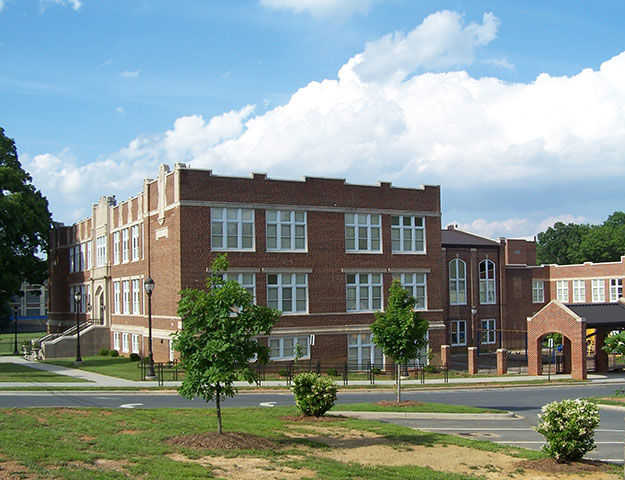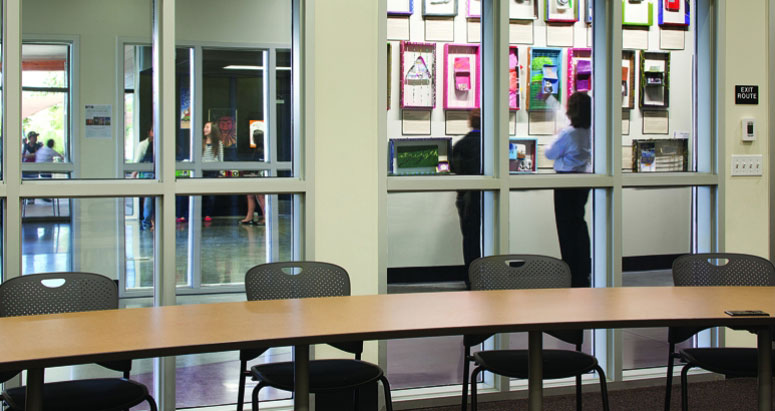Rebuilding America’s Schools by Reusing What’s There…and it’s greener and cheaper
An estimated 40% of the nation’s 100,000 public schools are in bad-to-poor condition, as reported by “Parade Magazine” in August 2012. Read more…
A groundbreaking report entitled “The Greenest Building: Quantifying the Enviornmental Value of Building Reuse” finds that reusing existing buildings brings climate change, resource depletion, human health and ecosystem quality benefits compared to new construction.

Among the six building types examined in this exhaustive study is elementary schools. The report finds that renovating a school is 9-12% better for reducing CO2 emissions and using fewer resources, 7-11% better for human health and 11-14% better for ecosystem quality than building new. These savings add up quickly if they are spread out over the estimated 10 billion square feet of school buildings in the U.S. Read more…
Fire Rated Glass & Sustainable Design
Adding natural and shared light to a building interior cuts electricity use and helps buildings earn LEED points. In addition, fire rated glass can be customized to provide energy performance and acoustic characteristics that can help earn additional LEED credits
SAFTIFIRST has developed a LEED brochure and scorecard that offers insight into how fire rated glass and framing systems can earn points in Energy & Atmosphere, Materials & Resources, and Indoor Environmental Quality categories. Fire rated glass not only helps achieve LEED certification, but contributes to overall sustainable design. Read more…
